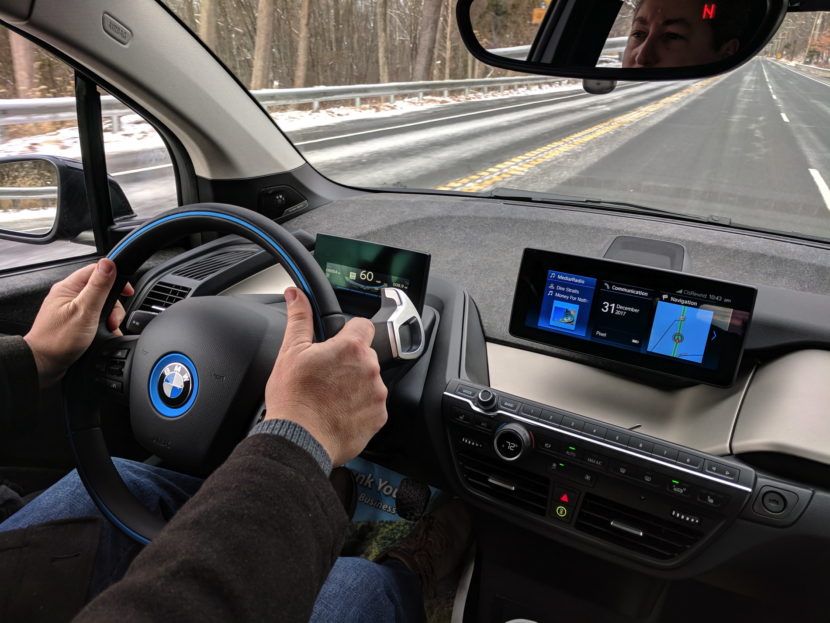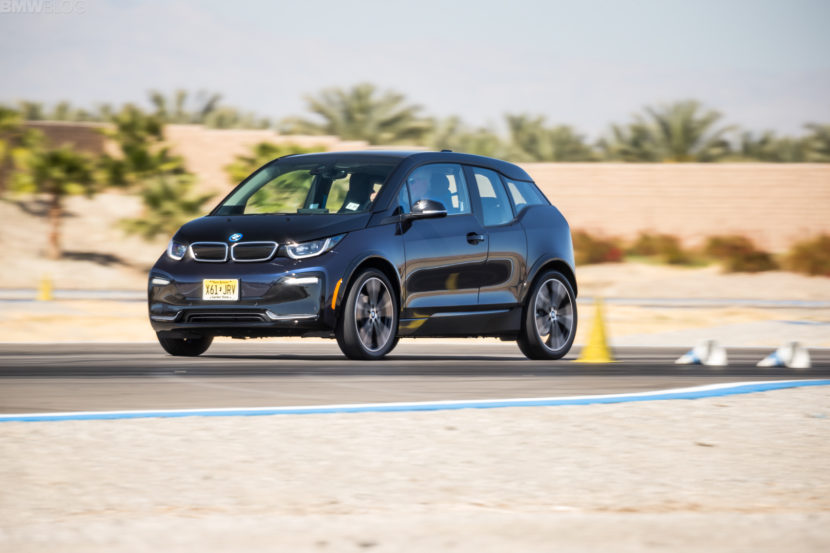When the BMW i3 first debuted, it was considered to be ground-breaking. With its carbon fiber chassis, purely electric powertrain, funky interior and futuristic styling, the BMW i3 seemed like the future. However, just five years later and the i3 is an afterthought in the EV world. Not only that but it’s being challenged by EVs from KIA and Hyundai, two brands that would have been laughed at by BMW enthusiasts back in 2014.
Yet here we are in 2019. In this new comparison test from Auto Express, the once-loved i3 takes on the KIA e-Niro and the Hyundai Kona Electric
I don’t want to spoil the comparison test for you because it’s worth a read, so I won’t tell you which car wins. However, I will say that BMW better not sleep on Hyundai/KIA. Both of those EVs from South Korea are surprisingly good and the Bavarians need to keep an eye one what they’re doing.
Both the Hyundai and KIA are a bit larger than the BMW i3, with longer wheelbases, wider wheel tracks and more cargo space. So they’re more practical and useful right off the bat. Though, they’re both quite a bit heavier. Still, with larger battery packs (both are 64 kWh, compared to the i3’s 42 kWh) they’re both just as fast as the i3 while providing more range.
Whereas the BMW i3 can only muster 175 miles of pure electric range in its newest configuration, the Hyundai can do 279 miles and the KIA can do 282 miles (all of those numbers come from the WLTP cycle).
So both the Hyundai and the KIA are larger, more practical, just as quick and pack far, far more electric range. To top it all off, they’re both a bit cheaper.
Sure, the BMW i3 does have its merits. For instance, it handles better than the other two cars and it’s more fun to drive. It’s also funkier looking, sports a more premium interior and is easier to use in a city. However, for the average EV buyer, the i3 is behind on the times, even when compared to competition from less expensive brands.
[Source: Auto Express]







































































